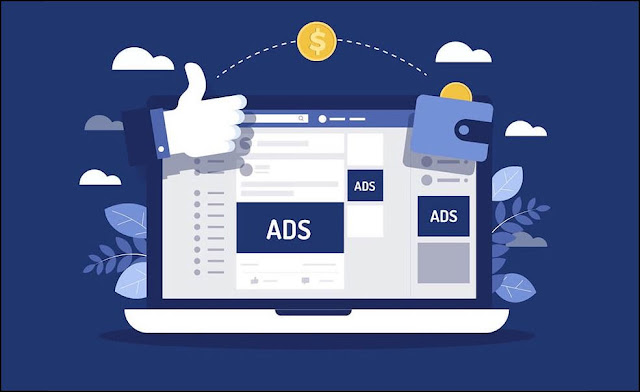What is campaign in Facebook ads?
A campaign is a series of ad sets and ads that aim to accomplish a single objective, like generating leads or increasing the number of app installs. Campaigns contain one or more ad sets. Ad sets contain one or more ads. At the campaign level, you'll choose an ad objective to define your goals.
What is ad campaign example?
An ad campaign is a set of advertisements that revolve around a single message and are intended to achieve a particular goal. For example, a company might create an ad campaign to meet one of the following business objectives: To create brand awareness for a new product. To drive sales of a product or service.
Are Facebook ads worth it?
When it comes to Facebook's usefulness for businesses, and whether Facebook advertising is worth the investment for businesses in 2021, the answer is a clear yes! It is worth the time test out a video ad, story ad, carousel ad, and keep refining your Facebook audience in your Facebook ad campaign.

How much do Facebook ads cost?
The average Facebook CPC across industries and across campaign objectives in 2021 is $0.97. When you break average CPC down into campaign objectives, you see the CPC averages range from $0.25 to $3.30 . For Akvertise clients, the average CPC in Q1 2021 was $1.20 but decreased to $0.80 in Q2 2021.
How do Facebook ads get to clients?
To add a new ad account, the client needs to head to Business Settings in Business Manager, click on Accounts, and then click on Add Accounts. They should see a dropdown menu with three options, one of which being to add a new account. Then proceed to complete the process.
Are Facebook ads pay per click?
Let's start from the beginning. Facebook is a pay-per-click marketing channel. This means that you'll be paying every time someone clicks on your ads. You can also be charged based on ad impressions, video views, and other metrics.
Can I earn money from Facebook ads?
In-stream ads help you earn money by including short ads before, during or after your videos. We automatically identify natural breaks in your content to place your ads, or you can choose your own placements. Your earnings are determined by things like number of video views and who the advertisers are.
What audience should I target on Facebook?
Choose your audience based on age, gender, education, job title and more. You can keep track of the types of people your ads are reaching, but Facebook will never share personally-identifiable information about them.
Which country is best for Facebook ads?
India has highest Facebook ad CTR, Mexico overall best country for Facebook ads: Kenshoo. GLOBAL – India has the highest clickthrough rate for Facebook ads in the world, with an average CTR of 0.048 per cent, followed by Italy and Mexico, according to a study by digital marketing software company Kenshoo.
Does Facebook pay for video views?
Videos that keep people watching for longer will earn a greater share of the revenue from these ads, with Facebook keeping 45% for itself. Facebook says its users clock up four billion video views daily.
Does Facebook pay for reels?
Our Reels Play bonus program, part of our $1 billion creator investment, pays eligible creators up to $35,000 a month based on the views of their qualifying reels.
Who pays more Facebook or YouTube?
One publisher estimated that it generated $264 for every million video views on Facebook, versus $2,200 for every million video views on YouTube. “For them, a Facebook video view is essentially worth 12 percent of a view on YouTube,” wrote Digiday's Sahil Patel.
How do ad campaigns work on Facebook?
Facebook ads are targeted to users based on their location, demographic, and profile information. After creating an ad, you set a budget and bid for each click or thousand impressions that your ad will receive. Users then see your ads in the sidebar on Facebook or in their newsfeed.
What does a good ad look like?
Ad copy should be creative, concise and easy to read but also have compelling and relevant content. Avoid using jargon or excessive information that doesn't contribute directly to the overall message of the advertisement.


0 Comments